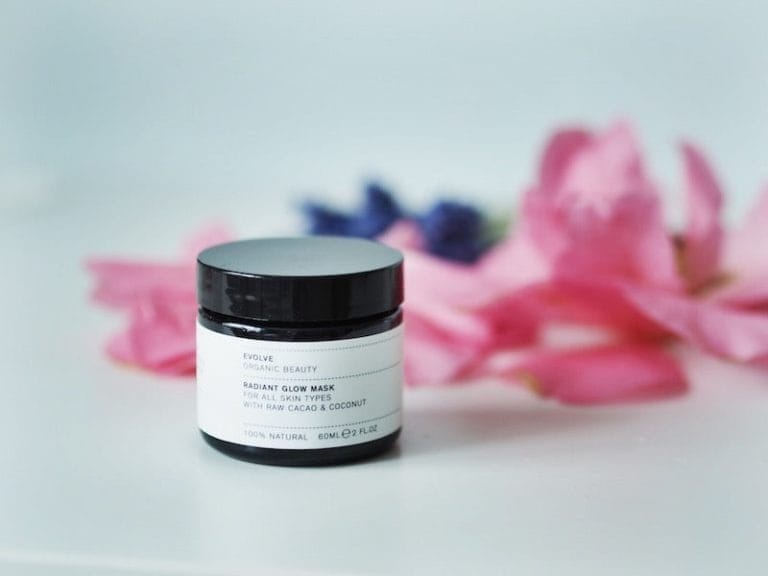How to Avoid Greenwashing in the Beauty Industry

In the past few decades, the promotion of “green” or “eco-friendly” values and products has become ubiquitous. Consumers have been aware of the importance of making ethical choices since the early 2000s, and this awareness has increased massively since. It now seems that every brand has jumped on the bandwagon of preaching about their “values” and “beliefs”. Some of them spend a vast amount of money in advertising and marketing to try and convince consumers that their products or services are “green” in order to generate more sales. This phenomenon is known as greenwashing.
Why is greenwashing an issue?
It’s no surprise that the increasing demand for “green” products has lead to the creation of new companies and products. There are some fantastic companies out there doing everything they can to manufacture products that respect both the environment and people. But well-established brands want to join in too, and don’t want to see their market share being taken over by newcomers. Many of the companies who have spent decades profiting from a marketplace which felt no need for ethical standards have now started “greenwashing” their image, trying to stay relevant in a changing world which might not tolerate their practices much longer.
We can all think of some companies or brands who have recently started to greenwash their corporate identities. How many brands are choosing to include the colour green in their iconography or advertising? Despite this profit-led shift to pseudo-morality, few of them have actually changed their practices. Some brands might litter their iconography with words such as “organic” or “eco-friendly” despite only using 1% of natural ingredients and acting in unsustainable ways. And if you don’t like it, you’re not alone. In a 2017 report titled Come Clean About Beauty, the Soil Association reported that 72% of people “would lose trust in the brand if they found out that a product which said organic on the label was not certified and could not meet organic standards”, while 64% of people said “they would lose trust in the retailer”. As conscious consumers, we need to be able to spot the companies making false claims.
How do brands make themselves look greener?
1.False Labeling
Many companies falsely label their products as containing “all-natural ingredients” or being “eco-friendly” when they’re actually not being completely honest about the contents. As there is no governmental certification on using the terms “natural” or “organic”, companies are allowed to use these terms at their leisure. Always check and research the ingredients!
2. Emphasising a small “green” attribute
Some companies, often to meet the demand for eco products, have introduced small eco-friendly practices in the manufacturing of their products whilst still largely relying on unethical practices in the majority of their production chain. These brands use the small green factor as a huge flag waving exercise. They try to blind us to their largely unsustainable or unconscientious activities by making us focus on a minor detail. Again, don’t be fooled, and do your research.
3. Using the term “All Natural”
Although brands LOVE using this claim as a positive “eco” statement, the truth is that natural doesn’t necessarily mean good. Aluminium, lead, mercury and formaldehyde are all natural ingredients that can be found in cosmetic and other types of products, but it doesn’t mean that they are good for your body or your health.
Since there is no governmental certification in place, independent organisms such as The Soil Association or Ecocert can be relied upon to certify a product’s content. But be sure to check that the certification is legitimate, as many brands falsely claim to be verified by an external body.
4. Vague Sloganeering
In a highly competitive marketplace, brands often use catchy slogans to appeal to our sensations rather than to our rational and intellectual senses. Vague claims such as “Using the Power of Nature” are used to trick us into believing that we are making a sound choice, when we’re simply believing empty rhetoric. How many times have you flipped over a supposedly “organic” shampoo boasting of its closeness to nature, only to find that it contains 0.1% organic chamomile and 99.9% lab made chemicals with unpronounceable names?
5. Using colours or logos which would indicate a “green” ethos
Remember when a popular fast food giant changed its logo to a green background?
In a world where customers are increasingly swayed by claims of something being “green”, companies are doing just that. Using colours and images, they convince customers that they are making the “right” choice if they wish to live an ethical lifestyle. Many products bear images of trees, birds, fruits or anything relating to nature, yet contain ingredients that are far removed from anything natural. What this shows is that companies would sooner trick their customers by changing their branding than actually adopt ethical and eco-friendly business practices. It’s a shame, since it also undermines honest brands that use a similar iconography.
If you’re unsure whether or not a company’s green credentials can be trusted, don’t hesitate to get in touch with them. Trustworthy companies will always be ready to answer questions about their products. As customers, our mission it to show brands that we’ve done our research and won’t be swayed by hollow marketing techniques or subliminal messages any more. It’s time we demand and only purchase products that are truly green, environmentally-friendly and sustainable.





